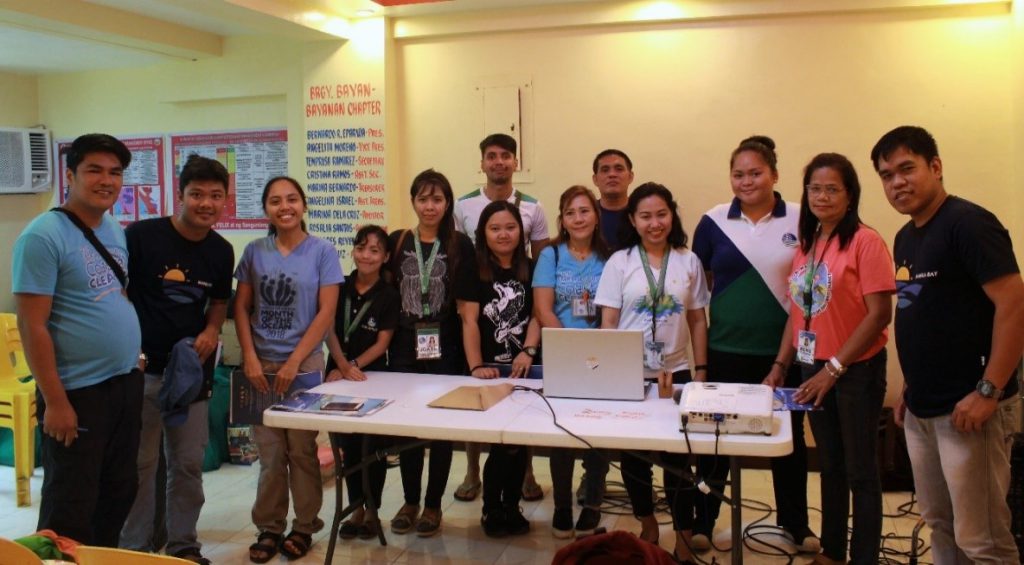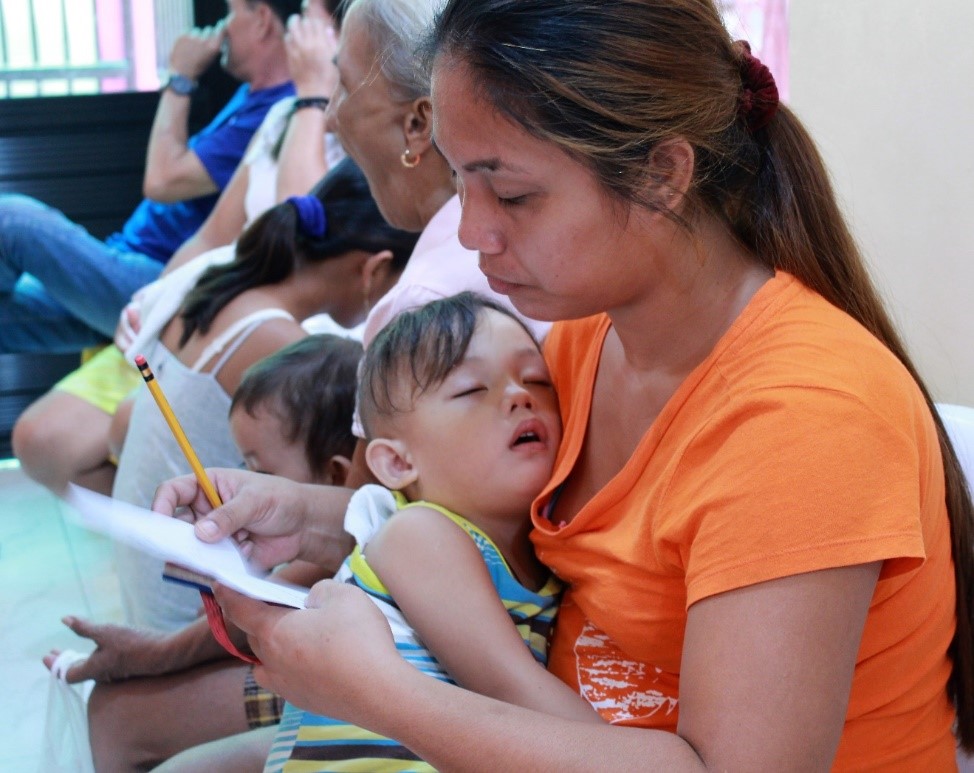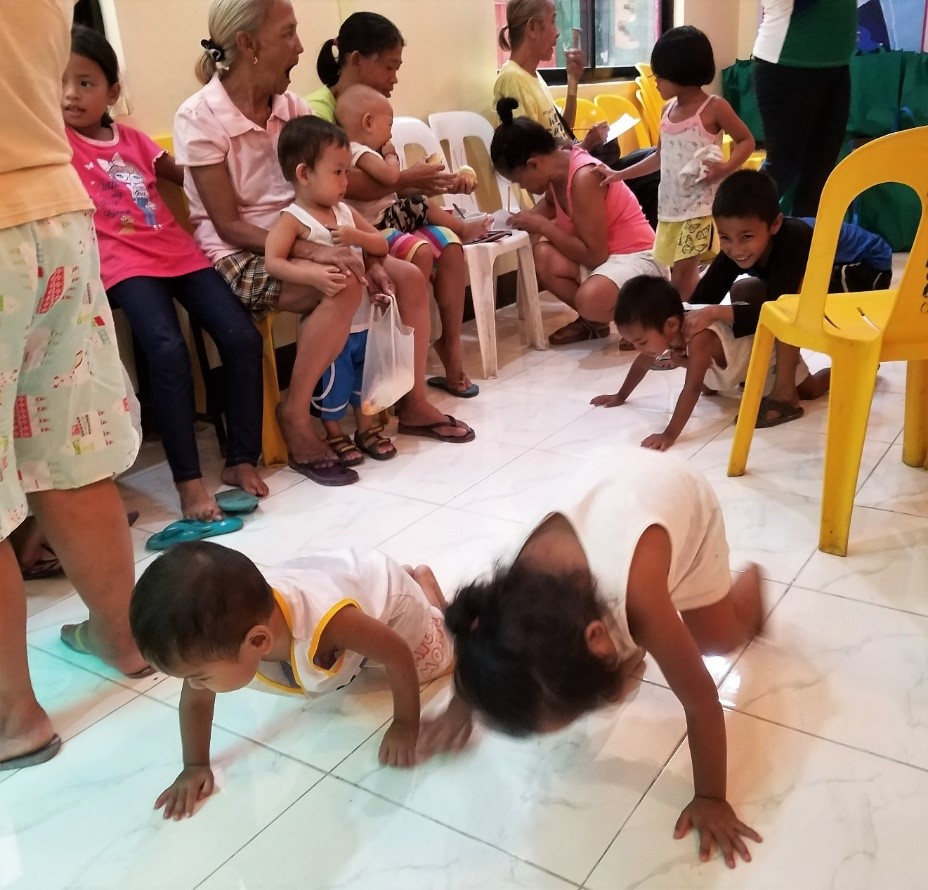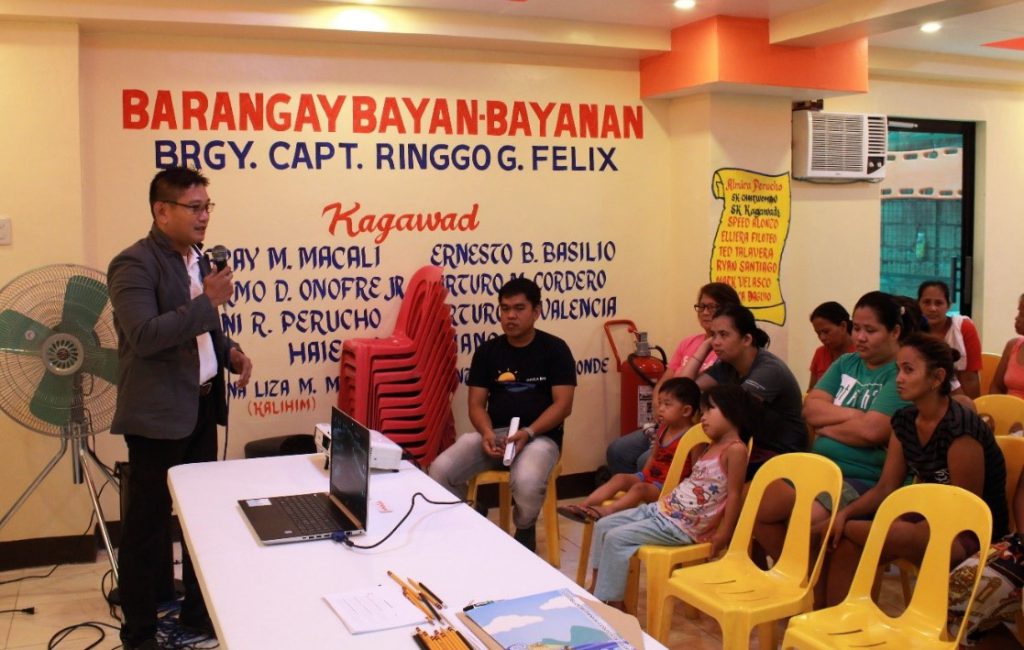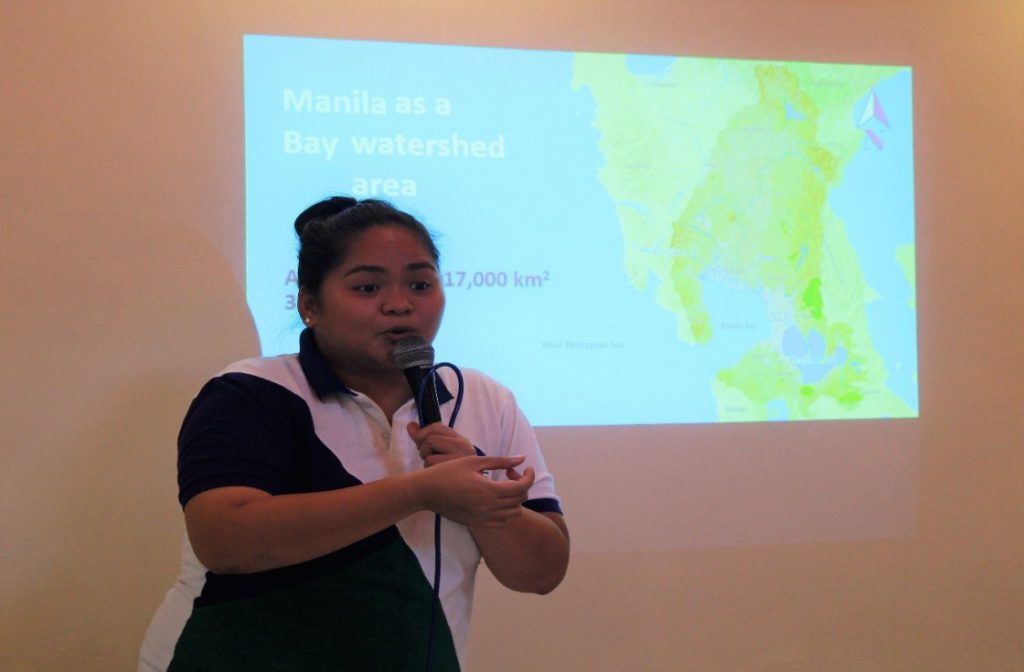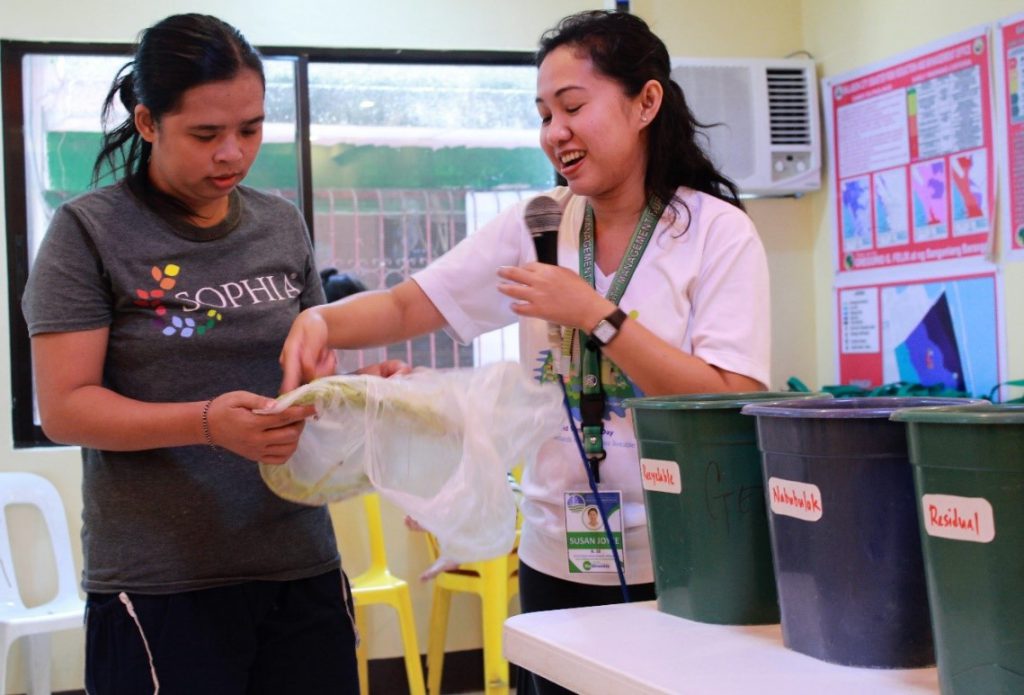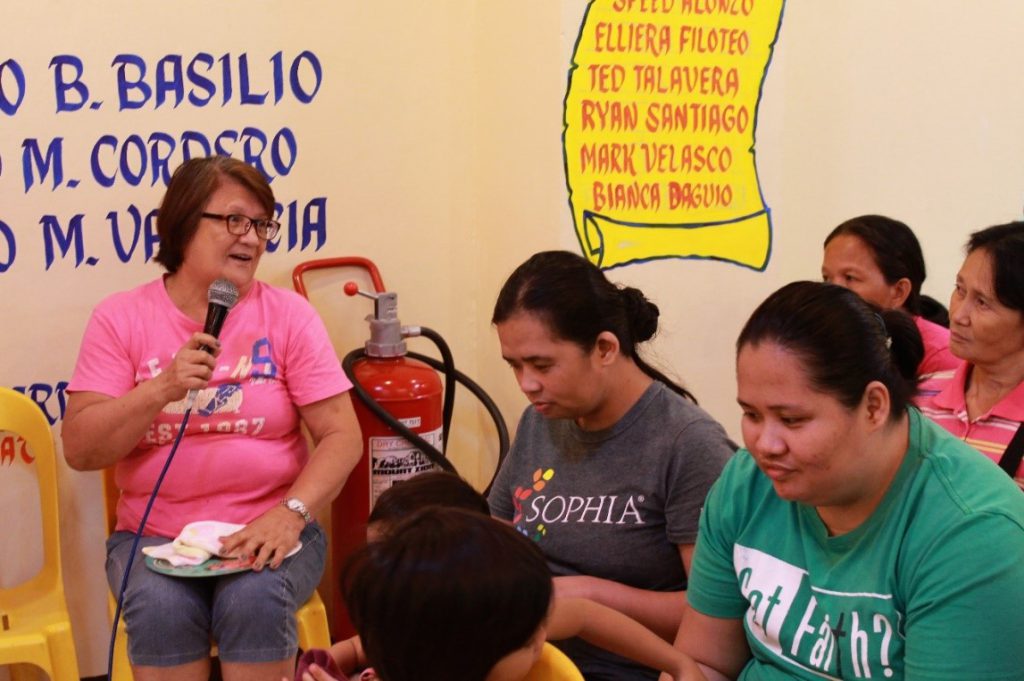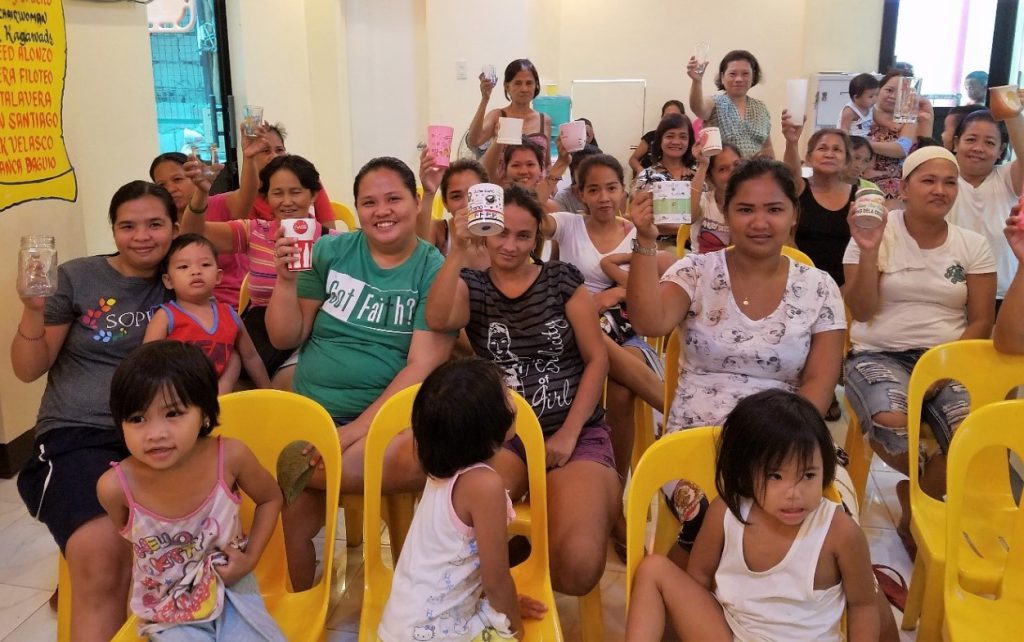The Battle for Manila Bay continues.
The BMB conducted its second Dalaw-Turo for the Tullahan-Tinajeros River system last May 25 – with a twist. We had children participants during our first Dalaw-Turo, this time we invited their mommies instead.
But the message is still the same: if we want to clean-up Manila Bay, everyone should do their part. That’s why the BMB-CEPA team decided that since mommies are usually the managers of their households, they should be properly informed and capacitated on appropriate solid waste management practices. Our aim is that by sharing environmental knowledge, values, and best practices, the families living along the Tullahan-Tinajeros Rivers will have a deeper understanding and appreciation for our rivers and seas.
Before the start of the program, the CEPA team distributed a short questionnaire to assess the mothers’ awareness on three topics: (1) proper disposal of solid waste; (2) efforts in their barangay towards the Manila Bay Clean-up; and (3) waste segregation.
Unlike the children, the mommies of Brgy, Bayan-bayanan were shy at first and needed some ice-breaker to help them warm up. Also, the CEPA team did not foresee during the planning workshops one important consideration when inviting mothers to a Dalaw-Turo – their little ones will be tagging along since they don’t have anyone else to leave them with.
There were thirty-three mothers present during the Dalaw-Turo with half as many babies and children running around or being nursed to sleep. Based on the mothers’ responses to the pre-activity assessment, they have a grasp of the importance of a clean environment. They are also aware of proper solid waste disposal but their practices need improvement and they have to be mobilized.
After the pre-activity assessment, the CEPA Team gave two presentations. Jona Vasquez of the Manila Bay Coordinating Office under the Coastal and Marine Division talked about the current state of Manila Bay. Jona shared the ecosystem services provided by Manila Bay and the threats it presently faces. A map of Manila Bay and its surrounding provinces explained the flow of garbage from the upstream water sources before flowing out into the bay. The participants realized after the presentation, everything is interconnected and what they do upstream has a huge impact downstream.
Joyce Se of the Caves, Wetlands, and Other Ecosystems Division shared with the mommies the Segregation Game – a game we also played with the Brgy. Bayan-bayanan children last time we visited. Joyce explained the four kinds of solid waste produced by households. She talked about what separates them from each other (i.e. Reusable, Biodegradable, Residual, or Special Waste), what can be done instead of disposing it (i.e. Composting, Reusing, Recycling), and what to do if disposal cannot be avoided.
Joyce called for volunteers from the mothers and showed them everyday items that eventually end up in the garbage bin. They were asked to identify the items and throw into corresponding garbage bins. Some of the mothers got confused at first but eventually got it right with a little help from their neighbors. Joyce also showed how to make an eco-brick and explained its uses.
Before the snacks were served and the tokens distributed, the CEPA Team explained why we required them to bring reusable cups or mugs for their drinks. We want them to realize that of the 3Rs of waste disposal, reducing the amount of trash produced is the most effective and easiest to do. The mothers learned that the habit of bringing reusable water bottles and bags goes a long way towards a clean and healthy Manila Bay. They also realized that single-use plastics may not seem a lot when you look at it per piece but when combined together, it can create mountains of garbage.
Based on the post-activity survey, the mothers’ responses indicated that they were able to learn from the Dalaw-Turo and felt empowered as women to effect change in their community and influence others to do the same.
Check out some of the pictures and highlights of the activity below:
